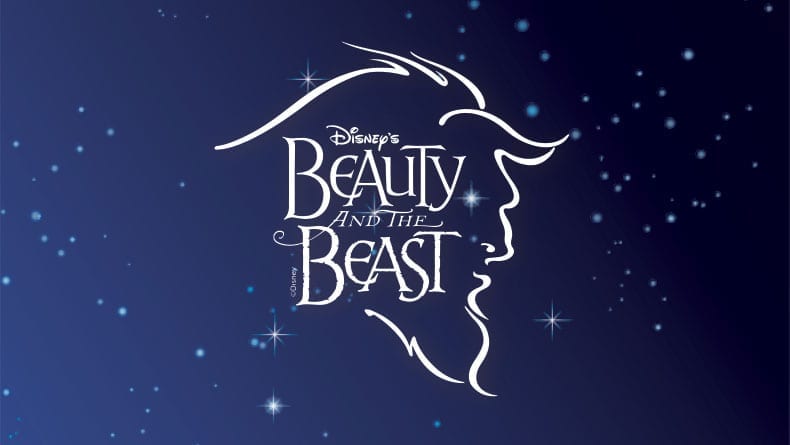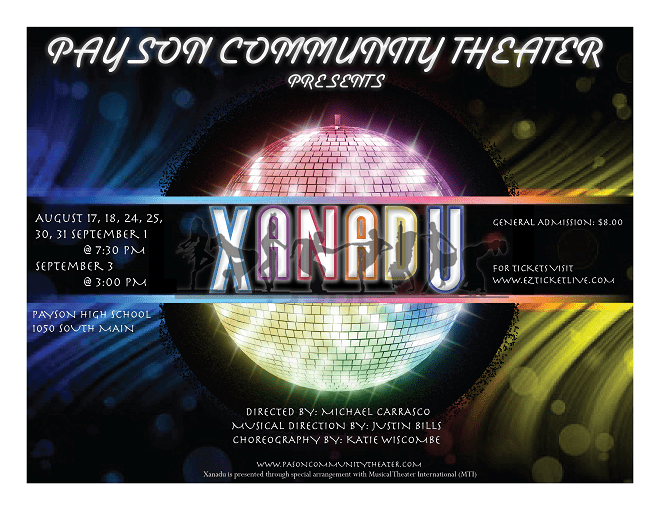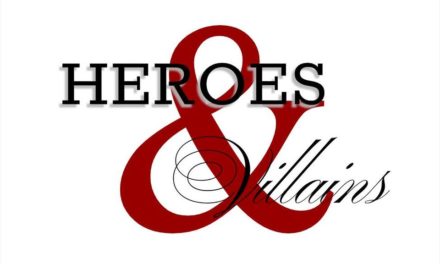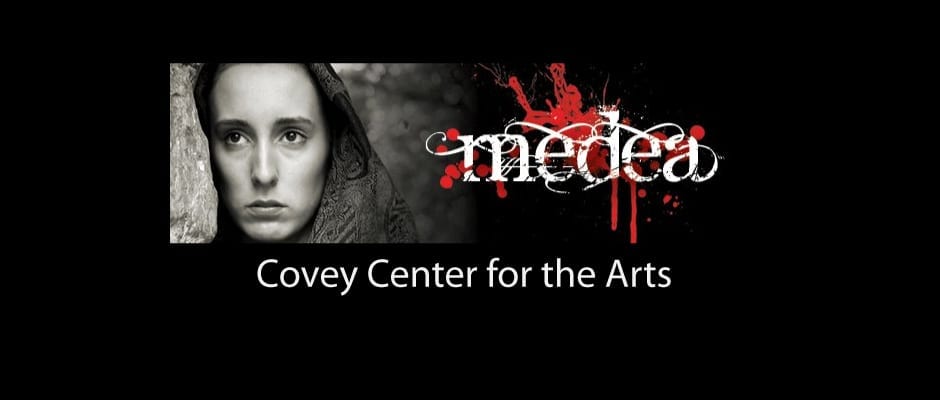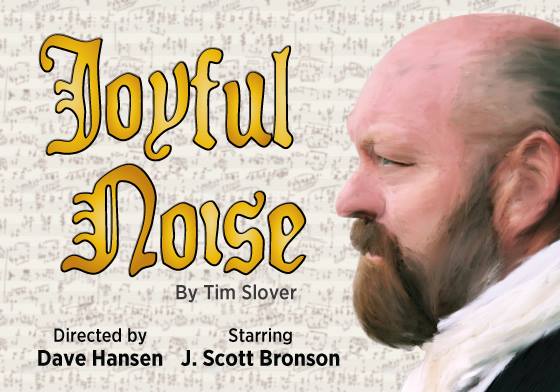IVINS — “Tale as old as time,” or so the tale of Disney’s Beauty and the Beast may seem. Although it was released originally as an animated film in 1991, it only took three years for Disney’s Beauty and the Beast to enchant Broadway audiences with its tale (by Linda Woolverton, with music by Alan Menken and lyrics by Howard Ashman and Tim Rice) of true love. While Belle dreams of a bigger life than being the somewhat odd bookworm in her small French province, the Prince’s servants desperately want to find a way to break the spell that has enchanted the entire castle. Unless the Prince can find someone to love, and who will love him in return, the servants will eventually make a complete transformation into objects and the Prince will remain in his cursed, beastly form forever. When Belle offers herself in exchange for her father, a prisoner in the Beast’s castle, it sets in motion changes that will eventually transform both Belle and the Beast. While he learns to be less selfish, she finds her new horizon in the most unlikely of places. Although his love for Belle nearly costs him the chance to be human again, in the end it is this selflessness that leads Belle to love him completely, thereby breaking the spell.
As a Disney classic, Beauty and the Beast comes with several expected, iconic moments on which this Tuacahn production delivered. Janet Swenson‘s costume design beautifully updated Belle’s ballgown without losing its obvious nod to the movie costuming. Doug Ellis‘s scenic design brought grand marble staircases to the stage and projected the castle’s vast library onto a rolling backdrop. However, some of the grandeur of the movie seemed a bit lost when transferring the production to Tuacahn’s large stage. While the sparing ensemble brought plenty of vocal volume to the production numbers, the small number of dancers and the limited choreography by Bill Burns did not fill the stage with as much presence and energy as songs such as “Be Our Guest” and “Gaston” require. With the notable exception of “Human Again,” I couldn’t help but constantly wish for the show to push for a higher level of emotion and energy.
As for the characters themselves, director Bill Burns used a talented cast to give the audience the show they expected to see. Of the many characters on stage, Kari Yancy as Belle did the best job of creating a character with depth. I enjoyed her portrayal as she gave Belle a wide range of emotions, from insecure in “Home,” to patient in “Something There,” to strong as she stood up to Gaston throughout the show. I also particularly enjoyed Courter Simmons’s portrayal of Lefou, who brought excellent physical and verbal comedic timing to the role.
In several other cases, however, I thought the actors created a caricature where a character could have been. This was especially true of the Silly Girls (Marliess Amiea, Bonnie Harris, and Shari Jordan) whose high pitched giggles and similar body language did nothing to distinguish one girl from the next. In addition, Merchant’s delivery frequently made Gaston appear more daft than brutish as he played a bit of a fool. Finally, as Lumiere, Richard Rowan returned to the same physical characterization repeatedly throughout the production, knocking his knees together in some cases to indicate fear, in others to indicate playfulness, and still others to demonstrate his attraction to Babette (Jennifer Knox). In using the same physical movement to reflect so many emotions, Rowan’s character felt flat.
Despite these specific drawbacks, the show was overall quite spellbinding. Under the musical direction of Andrew Graham, the shows ballads including “Home,” “Tale as Old As Time,” and “If I Can’t Love Here” were as flawless as they were captivating. The harmonies in ensemble numbers such as “Belle” or in the trio of enchanted objects in “Human Again” were beautifully well balanced, and the accompanying live orchestra was so accurate that I often forgot I was enjoying the pleasure of listening to live musicians.
Another area never lacking was the special effects. The combined efforts of Joseph L. Eddy in lighting design, David Swenson in sound design, and Wes Hamblin in properties design combined to create an evening full of moments I would not have expected to see or hear in live theater. Chip (Gabriel Layton), for example, appeared as is typical as a head in a cup atop a rolling cart. Less typical, however, was the fact that the audience could see through what appeared to be an empty cart, giving the illusion of Layton truly being without his body. In addition, this production made excellent use of the pyrotechnic capabilities at Tuacahn, using fireworks to facilitate the transition of the Young Prince (Tim Capodice) to the Beast (Jason Michael Evans). I enjoyed the functional fireplace inside the castle, watching Gaston (Matt Merchant) ride a beautiful black horse, and the perfectly timed sound effects that punctuated Gaston’s frequent abuse of his sidekick Lefou (Simmons). I even enjoyed watching the quick way the crew put out a small fire on the mountain ignited by the fireworks at the end of “Be Our Guest.” It was apparent that these members of the production staff know their craft and know how to combine these spectacular technical moments to place a spell on the audience.
In the end, this spell is the reason to go see Tuacahn’s production of Disney’s Beauty and the Beast. It really isn’t about the actors or the scenery or the effects; it is about whether or not this show can make people feel something. In one particularly memorable moment, Belle sang, “I want adventure in the great wide somewhere” as the lights rose on the expansive red rock behind the theater. For me, that was the spellbinding moment that I will take away as a reminder of the power of live theater and the magic that Tuacahn can create.

